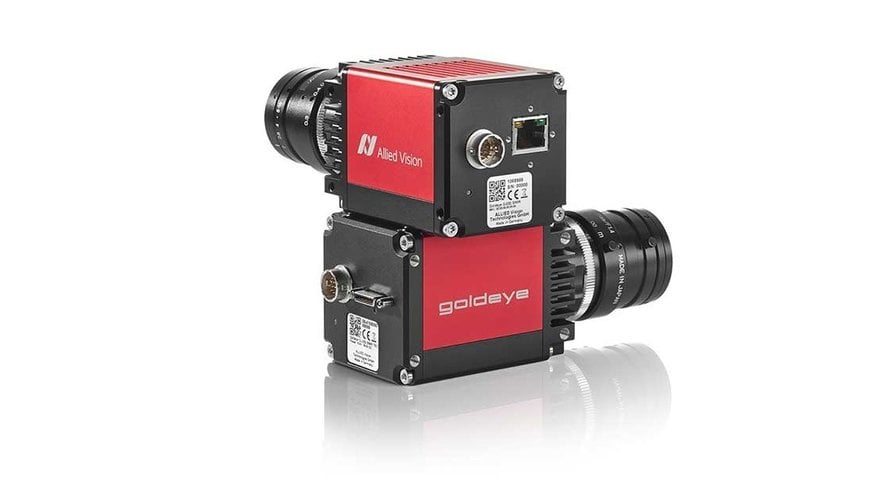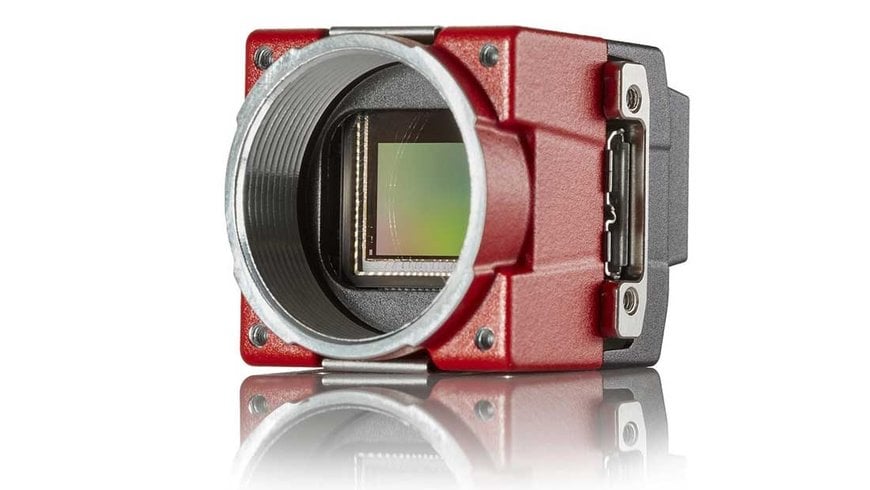electronics-journal.com
26
'21
Written on Modified on
NEW SONY SENSWIR TECHNOLOGY WITH INSPIRING FEATURES
With the development of its SenSWIR sensors, Sony has laid a milestone for the future expansion of SWIR imaging: Thanks to the cutting-edge InGaAs sensor architecture, images in both the visible and invisible short-wave infrared light spectrum can be captured simultaneously for the first time. At the same time, the sensors set new standards in terms of pixel size and image homogeneity.

A major difference between SenSWIR and conventional standard InGaAs sensors lies in their construction. There are four technical features that offer corresponding advantages: the small pixel size, high image homogeneity, automatic dark current correction and the thin indium phosphide layer.
With conventional InGaAs sensors, pixel sizes are typically in the range of 15µm for VGA sensors, down to 10µm for SXGA sensors. The SenSWIR sensors, however, achieve pixel sizes of only 5µm by using copper-to-copper connections. The benefit is the ability to provide higher resolutions while reducing the size of the sensor and thus offering a more compact camera layout.
In contrast to standard InGaAs sensors, Sony is the first manufacturer to succeed in maintaining quantum efficiency at a relatively high level (>50%) over the entire visible and short-wave IR spectral range. This enables system costs to be reduced especially in multispectral applications since only one camera is required.
Another technical innovation of SenSWIR sensors are the shielded pixels that are not exposed to light enabling the ability to offer automatic black level correction. When the camera sensor is covered and no light is entering, weak signals caused by spontaneous free charge carriers can still be seen which is called dark current.
These pixels are used to determine in real-time the average black level caused by dark current. When automatic black level correction is activated, the measured black level is automatically subtracted from the pixel value of each effective pixel directly in the sensor, not in the FPGA of the camera as it is usually the case with standard InGaAs sensors. This reduces the hardware resources needed inside the camera and achieves significantly faster response times.
Furthermore, SenSWIR sensors show a much higher pixel homogeneity than conventional InGaAs sensors. Only a close inspection reveals slight inhomogeneities in SenSWIR sensors, which increase with rising sensor temperatures. Sensor cooling is therefore still beneficial for reducing both dark current and inhomogeneity of the sensor data with long exposures or higher temperature applications where image homogeneity and reproducible imaging results are a must.
Including a camera-side correction of inhomogeneities (NUC, Non-Uniformity Correction) allows a moderate sensor temperature to be selected in order to keep the power consumption of the camera lower, which is also useful for the efficiency of the sensor cooling. However, SenSWIR sensors deliver better results when there is no NUC or cooling compared with InGaAs sensors.

Which cameras feature these new SenSWIR sensors?
Allied Vision is one of the first camera manufacturers to integrate Sony's innovative SenSWIR InGaAs sensors in its popular Goldeye SWIR camera series, making the cameras sensitive in both visible and short-wave infrared (SWIR) spectrums. The new Goldeye is equipped with a Gigabit Ethernet interface compliant with the GigE Vision standard and features Power over Ethernet thus requiring only a single cable for both power and data reducing cabling and integration costs.
Its modular design also allows the use of different filters and optics with C-mount, F-mount or M42-mount. Furthermore, the Goldeye camera is equipped with an integrated single-stage thermoelectric sensor cooling system which ensures consistent image quality even during extensive use with varying environmental conditions. Models featuring a CameraLink interface will follow shortly and round off the SWIR portfolio.
Allied Vision will also be offering the SenSWIR sensors in the highly compact Alvium series featuring both USB3 Vision and Mipi CSi2 interfaces. Apart from the extremely compact design with low weight and power consumption they feature mounting holes on all sides for easy system integration. The unique combination of the Alvium camera design and SenSWIR sensor innovations will enable many new application possibilities such as drones in agriculture, for example.
Which applications will benefit most from the new SenSWIR sensors?
The SenSWIR sensors are extending the possible range of machine vision applications beyond the visible spectrum.
This is particularly interesting for application areas that require great flexibility in spectral analysis and object detection as well as precise detection of details.
The following examples come to mind:
- Quality inspection of plastic containers in a production environment for print defects and irregularities on containers for yoghurt, milk and juice.
- Sorting of food products based on their water content and absorption of SWIR light, such as sugar, salt, seeds, nuts, etc.
- Plastic sorting and recycling applications
- Material sorting of fruit and vegetables evaluating ripeness and freshness before and after packaging.

